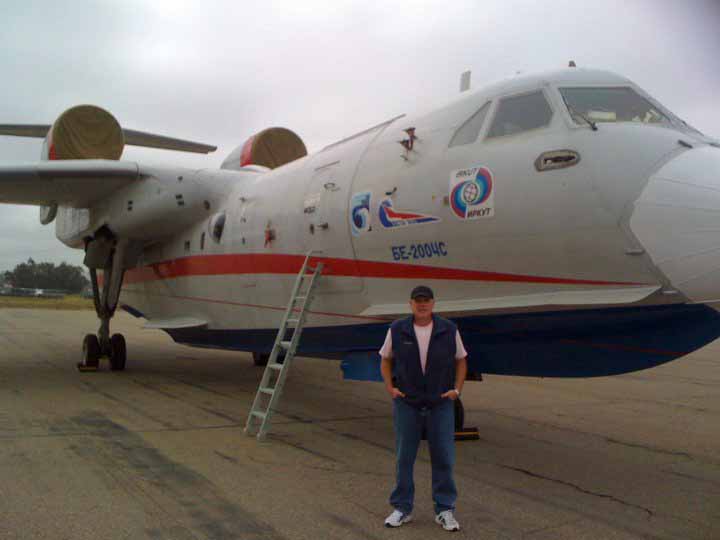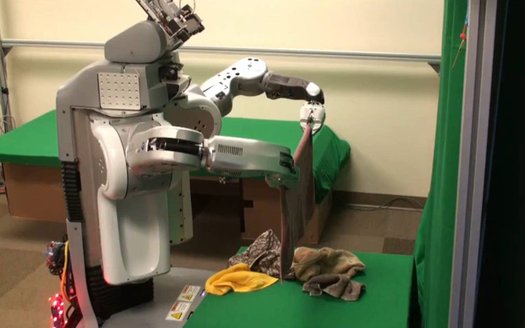There is a fund-raising effort underway to erect memorials for the six wildland firefighters that died near Wallace, Idaho in 1910 when they were working on Ranger Edward Pulaski’s crew on the “Big Blowup”, or the “Great Fire of 1910”. At the bottom of this post is information to refresh your memory about Ranger Pulaski, who is legendary from the 1910 fires and his invention of the firefighting tool.
The Kellogg, Idaho Chamber of Commerce has formed a committee to raise money for the memorials. Other supporters of the effort include the Silver Valley Chamber of Commerce, Shoshone County Fire Chiefs’s Association, and the Shoshone County Fire Prevention Coop. On the committee is John Specht, who retired from the US Forest Service as the Northern Rockies Region Operations Chief a few years back. The group plans to dedicate the memorials on August 21.
Here is the text from a letter sent out by John Specht:
I am on a committee that was formed to finance, construct and dedicate a memorial for the firefighters that lost their lives in the 1910 Forest Fire. We have a plan which will have three parts:
1. We will repair and refurbish the 2 mass graves at the Nine Mile Cemetery near Wallace. These graves have 5 firefighters buried in each one. We will also purchase and install directional signs at the cemetery to assist the public in locating these historic sites.
2. We will have a granite stone that matches Ranger Pulaski’s original design for a memorial for the 6 firefighters that lost their lives on his crew. We plan to have this stone installed at the edge of the grave site in the Nine Mile Cemetery where 5 of the 6 firefighters are buried.
3. We are going to purchase a large black granite stone and install it as the centerpiece to a memorial that will be constructed at the Wallace Visitors center at the West end of Wallace. The wording on the memorial will be:
1910 FIREFIGHTERS MEMORIAL
This memorial is dedicated to those firefighters who
lost their lives fighting the “Great Fire of 1910.” Their
heroic efforts while enduring some of the most severe
fire behavior in our nation’s history will not be forgotten.
Dedicated August 21, 2010
As you can imagine accomplishing this long overdue project it will take a substantial amount of money. We have set a goal to raise $25,000. Any individual or organization that donates $500 or more will have their names listed on a plaque as a donor. Any donation will be appreciated. If you can make a donation please make your check out to the 1910 Firefighters Memorial and send it to the address at the top of this letter. I thank you in advance for your support to our project. We will be dedicating these memorials on August 21, 2010 as part of the 100th year anniversary celebration of the 1910 fire. We invite you to attend this very special event.
Sincerely,
John Specht
Box 607
Osburn, Idaho 83849
208 512 4555
Checks should be made out to:
“1910 Firefighters Memorial”
and mailed to:
1910 Fire Commemoration Committee
Historic Silver Valley Chamber of Commerce
10 Station Ave.
Kellogg, ID 83839
Information about Ranger Edward Pulaski is below-
.
Continue reading “Fund-raising for memorials for 1910 fire fatalities”





